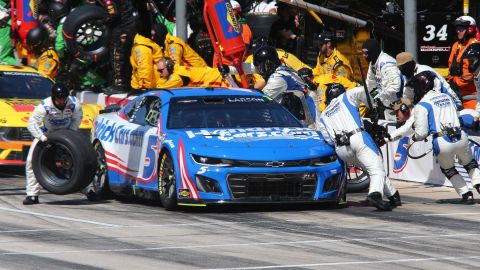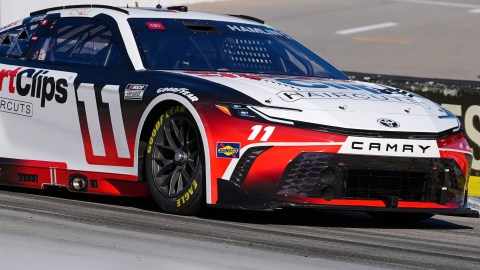While many people like arguing with their friends over who has the better sports cars — Ford Mustang and Chevrolet Camaro owners certainly spring to mind — most of them will never fully exploit their cars’ performance. That’s why some of the features manufactures put on their go-fast models actually don’t to anything to make you go fast.
Enthusiasts hate to admit it, but the truth is buying a sports cars is a selfish indulgence. That’s why manufacturers know ensuring their performance-oriented models provide a visceral driving experience is just as important as increasing their power outputs.
As a result, many of the features that you’ll find in a modern fast car, be it a hot hatch, muscle car or sports sedan, are there in pursuit of the former. We made a list of five features available on sports cars that, cool as they may be, don’t have any performance benefit.
Sports mode for exhaust
Photo via BMW
Most people probably think hitting the sport button suddenly transforms their entire exhaust system, but the sportier setting for the tailpipe doesn’t actually increase its flow rate. Instead, it often activates an active sound device that makes your car rev louder when you’re on the gas, and when you lift off, it sounds like it’s backfiring.
Line lock
Photo via Chevrolet
For those of you who don’t know, line lock engages only the front brakes so you can do a burnout. Yes, if you’re in a drag-racer, this helps you get you racing slicks up to temperature before your run. In a road car, though, it means you’ll end up replacing your rear tires much sooner than you should need to.
Drift mode
Photo via Ford
On a rally stage with a loose surface, drivers coax their cars into a slide to get around tight turns faster, but on pavement, they do it to put a smile on their faces. Drifting a lap of a circuit might look better than cleanly following the racing line, but it also takes longer.
Rear “diffusers”
Photo via Toyota
We put “diffusers” in quotation marks because we aren’t talking about the high-performance cars with race-bred aero kits that produce so much downforce you could drive them upside down in a tunnel. Instead, we’re talking about the vast majority of affordable performance cars that feature plastic designed to look like a diffuser, but don’t do much. Given that every crease in a car’s body work impacts its aerodynamics, these probably help slightly improve airflow, but they certainly don’t generate downforce like a real functional diffuser.
Performance data
Photo via Fiat Chrysler Automobiles
Some performance cars such as the 2018 Dodge Durango SRT (pictured) have menus within their infotainment displays that let you choose what information is displayed. While some of the options, such as oil temperature, boost pressure and oil pressure, are useful, others are absolutely pointless. Monitoring your zero to 60 mph time, braking distance or cornering forces won’t help you improve your driving. If anything, it will cause you to try to accelerate faster, brake deeper and corner harder than you did on the previous lap, until you run out of talent and crash.
Thumbnail photo via Chevrolet








